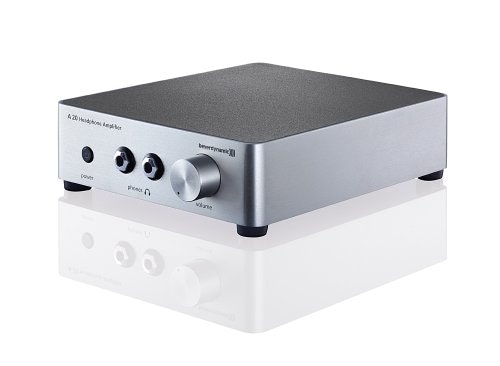
I did the Preamp Output ground (remove) mod. I have not made such comparisons, however.Ī few mods have been suggested for the 336se. It can roughly be compared to Bottlehead Crack, the latter being better built and pricier.

It seems as if every week, there's another schematic for me to review.FYI, the Darkvoice 336se is a popular tube headphone amp from China. Well, at least this week's circuit continues the thread from my last post on cathode-follower output stages, but differs by being an OTL.

The reader, Arief, who sent me the schematic had no knowledge of its source, but he heard that it was a headphone amplifier capable of delivering 1W into 32-ohm headphones. (By the way, I looked up the meaning of his name, Arief, which means in Indonesian: one who is clever and intelligent. Just kidding, "John" means God is gracious.) What a coincidence, as that is what "John" means. Instantly, I knew that claim of 1W could not be true, as the idle current had to be far too lean to support that claim of 1W. How did I know? Just divide the B+ voltage of 150Vdc by 3.3k ohms and you must get some current flow less than 30mA, which could never deliver the needed peak 0.25A current swing needed for 1W into 32 ohms. SPICE simulations confirmed my evaluation, as only 25mA flowed through the output triode and cathode resistor. Furthermore, negative output voltage swings into 32 ohms didn't exceed 0.8Vpk, which only yields 10mW into 32-ohm loads, not 1W.Īs I looked at the schematic, I thought that a better choice for an output tube would be either a 6BL7 or 6BX7, as long as the headphone impedance was 300 ohms, as the 3.3k cathode resistor still limited the idle current too much for ever successfully driving low-impedance headphones. I concluded that the DC coupling between the input stage and the cathode follower was a bad idea, as a coupling capacitor would allow the output triode to see a much larger cathode-to-plate voltage, which would allow much great current flow.Īnother sore spot was the lack of a grid-stopper resistor for the 6AS7 and a wimpy 33-ohm grid-stopper for the 6SN7. Why? Why not use two grid-stoppers and larger valued ones? It's not that they cost a fortune.

For example, switching from cheap iron to expensive nickel core laminations in an output transformer is asking a lot, whereas four 10-cent resistors isn't. Grid-stopper resistors are a beneficial idea in grounded-cathode amplifier but essential in a cathode follower.


 0 kommentar(er)
0 kommentar(er)
